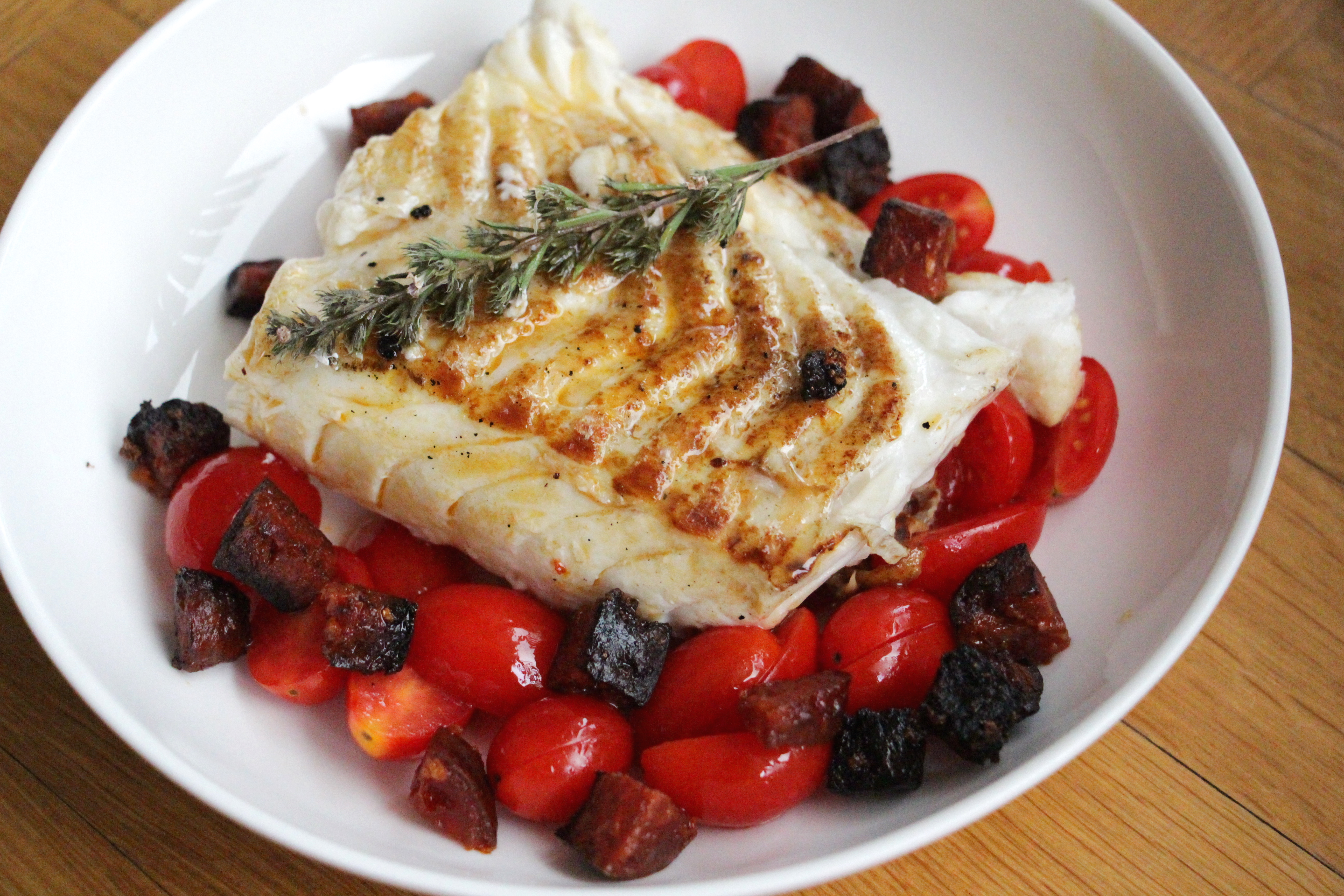When I was still working in food television, we had some chefs come over from the United States to film recipes for our platform. Part of my job – actually, one of my favorite parts – was to do the shopping before the chefs arrived.
It should have been simple: they sent recipes ahead of time, I made up a grocery list and spent my afternoon at the supermarket, and everything was delivered to our office in refrigerated bins. But some of the things that our chefs called “staples” in their recipes – elbow macaroni, ground turkey, even sweet potatoes – were tough to find in French grocery stores. I had my cheesemonger special-order orange cheddar for me in bulk for the plethora of mac and cheese recipes. I got quite close with my butcher after appearing several times asking for cuts that seem strange to ask for, here: brisket and sirloin and smoked ham hocks. My intern once spent her afternoon hand-grinding cardamom pods into powder.
The chefs were always surprised when they arrived at the shortcuts I’d been forced to take.
“I could have brought macaroni in my suitcase,” one said. I’ll admit, I hadn’t even thought of asking him to.
Staples aren’t the same in different countries, which isn’t surprising in theory, but it always surprises me in practice – even when I return home.
Every French person I’ve ever brought to the States has been horrified at the lack of bakeries on every corner: nothing fancy, just a mom and pop shop where you can get an excellent baguette for 80 cents. I remember trying to hide my laughter when, at 15, my former host family from the North of France came to stay and, left to their own devices on the Upper East Side, purchased Thomas’ English muffins and Welch’s grape jelly to approximate their regular breakfast of baguette and homemade jam. This summer, when we took a road trip with my in-laws, we eventually sought out a bakery in Montreal, which made my father-in-law feel quite a bit better, though he still couldn’t comprehend why, when shopping for groceries to make pork chops with blue cheese sauce or Emmental to go on pasta, our grocery bill flew into the double-digits.
(He also couldn’t understand why wine was so damn expensive. Tell me about it.)
I’ve had to adapt the way that I cook, seeing as I get most of my inspiration from American recipes, but my grocery stores are all French. (Yeah, I know, let me hand you the world’s smallest violin to play for me.)
In reality, of course, it isn’t that hard: I know to sub Cantal for more expensive cheddar when making cheese sauces, to hit up the butcher at the end of the day to ask if he’ll grind me some turkey, and to always, always bring bacon back from America. And I’ve also learned to use the local terroir to my advantage, specifically when it comes to chorizo.
Chorizo as we generally know it in the States is a raw sausage; here in France, when we say chorizo, we mean the Iberian kind, a dry-cured sausage similar to saucisson sec. Since Iberian chorizo is already cured, it’s not usually cooked, but I thought it would be fun to treat it more like South American chorizo when I was coming up with this dish. Frying it gives it a bit of crunch, and cooking the cod in the rendered fat makes the fish all the more flavorful.
Of course, if you’re in the States, you could always make it with South American chorizo; it’ll be different, but I’m sure it’ll be just as delicious.
Cod with Chorizo and Tomatoes (serves 2)
2 cups grape tomatoes, halved or quartered
1 teaspoon olive oil
2 ounces Iberian chorizo, small dice
2 large portions cod fillet, cut from the back
2 sprigs summer savory
fleur de sel, to taste
Combine the tomatoes, olive oil, and a pinch of fleur de sel. Toss well to combine and set aside.
Meanwhile, place the chorizo cubes in a cold cast-iron skillet and heat over medium-low heat. Toss occasionally until the cubes have rendered fat and are browned on all sides. Remove carefully with a slotted spoon and set aside.
Increase the heat to medium-high. Season the cod just a touch with fleur de sel (the chorizo is already salty) and cook for 3 minutes per side, until it is nice and golden brown. After you have flipped the cod once, add the summer savory sprigs to the pan and baste the fish with the fat.
Allow the fish to rest, off the heat, for three minutes.
To serve, plate the tomatoes, then top with the fish. Add the chorizo cubes and drizzle the cod with a spoonful of the pan juices.



